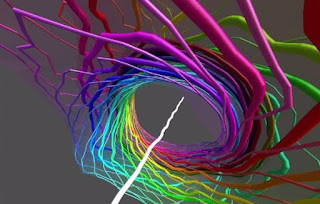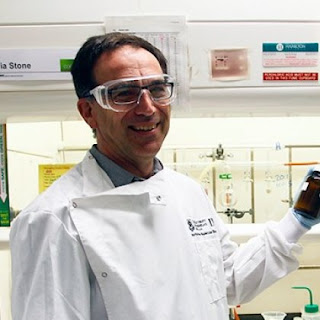The breakthrough provides physicists with a real system demonstrating the behavior of skyrmions, first proposed 60 years ago by a University of Birmingham mathematical physicist, Professor Tony Skyrme.
Skyrme’s idea used the structure of spheres in 4-dimensional space to guarantee the indivisible nature of a skyrmion particle in 3 dimensions. 3D particle-like skyrmions are theorized to tell us about the early origins of the Universe, or about the physics of exotic materials or cold atoms. However, despite being investigated for over 50 years, 3D skyrmions have been seen very rarely in experiments. The most current research into skyrmions focuses on 2D analogues, which shows promise for new technologies.
In a new study, published in Nature Communications, the international collaboration between researchers at the University of Birmingham, Lancaster, Münster (Germany) and RIKEN (Japan) has demonstrated for the first time how skyrmions can be measured in three dimensions.














.jpg)

